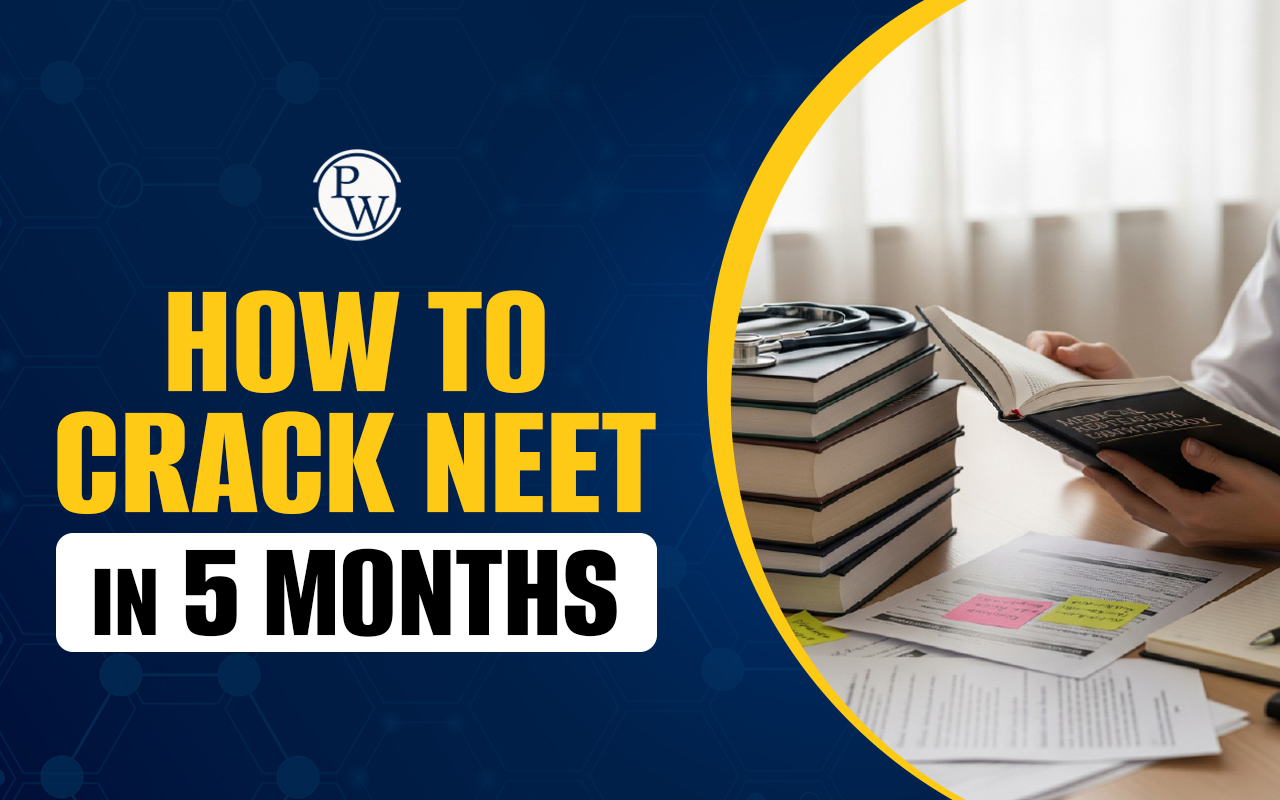
Artificial hybridisation is a method used in plant breeding to combine the desired traits of two parent plants into a single hybrid. This scientific process is an essential tool in agriculture, horticulture, and genetic research, as it helps create plant varieties with better yield, resistance to diseases, and adaptability to environmental challenges. Artificial hybridisation is an important topic in the NEET syllabus under plant breeding and reproductive biology. Understanding this technique helps aspirants for the NEET Exam connect theoretical knowledge of genetics with its practical applications in agriculture and biotechnology.
Definition of Artificial Hybridisation
Artificial hybridisation is a controlled breeding technique in which the pollen from one plant (male parent) is deliberately transferred to the stigma of another plant (female parent). This process ensures that the offspring inherits specific traits from both parent plants. The method involves preventing natural pollination by external agents such as wind, water, or insects, making it a precise approach to achieve the desired outcome. Artificial hybridisation is particularly significant in creating hybrids with improved traits, such as disease resistance, high productivity, or better adaptability to climatic conditions.Steps in Artificial Hybridisation
Artificial hybridisation is a multi-step process that requires precision and care. Each step is critical to ensure successful hybridisation and avoid contamination by unwanted pollen.- The first step is identifying and selecting parent plants with complementary desirable traits.
- For example , one plant may have a high yield, while the other may be resistant to pests or diseases. Combining these traits results in offspring with both advantages.
- Emasculation involves removing the anthers (male reproductive parts) from the flower of the female parent.
- This step is essential to prevent self-pollination or contamination by unwanted pollen.
- Emasculation is typically done during the bud stage, before the anthers mature and release pollen.
- After emasculation, the flower is covered with a bag made of paper or cloth.
- This prevents external agents like wind, insects, or other sources of pollen from contaminating the flower.
- In this step, pollen grains from the selected male parent are collected and manually dusted onto the stigma of the emasculated flower.
- This ensures controlled and deliberate cross-pollination between the two chosen parent plants.
- Once pollination is complete, the flower is re-covered with a bag.
- This protects the flower from any external factors that might interfere with the fertilisation process.
- After successful fertilisation, seeds from the hybrid plant are collected.
- These seeds are then planted and grown into hybrid plants, which are evaluated for the desired traits inherited from the parent plants.
Advantages of Artificial Hybridisation
Artificial hybridisation is a valuable technique in plant breeding, offering numerous advantages that make it a preferred method for developing improved plant varieties.- Hybrid plants often have higher productivity than their parent plants.
- Artificial hybridisation helps in creating plants resistant to specific pests, diseases, and pathogens.
- Hybrid plants can be tailored to thrive in adverse environmental conditions, such as drought, salinity, or extreme temperatures.
- Certain hybrids are bred to improve nutritional content, such as higher levels of vitamins, minerals, or proteins.
- Artificial hybridisation allows breeders to combine and preserve specific desirable traits from parent plants in a controlled manner.
Disadvantages of Artificial Hybridisation
While artificial hybridisation offers many benefits, it also has certain limitations and challenges.- The entire process, from emasculation to obtaining hybrid seeds, requires significant time and effort.
- Artificial hybridisation requires skilled labor to carry out emasculation, pollination, and other steps with precision.
- Repeated use of specific hybrids may lead to a decrease in genetic diversity within plant populations.
- There is no guarantee that the hybrid offspring will inherit all the desired traits from the parent plants.
MCQs of Artificial Hybridisation
Q1. Emasculation refers to;
- Removal of the pistil of a plant to prevent self-pollination.
- Pollination between flowers of different plants.
- Removal of stamens of plants to prevent self pollination.
- Artificial pollination.
Q2. In angiosperms, microsporogenesis and megasporogenesis; (2015 Re)
- form gametes without further divisions.
- involve meiosis.
- occur in the ovule.
- occur in another.
Q3. While planning for an artificial hybridisation programme involving dioecious plants, which of the following steps would not be relevant?
- Bagging of female flower
- Dusting of pollen on the stigma
- Emasculation
- Collection of pollen
Answers of MCQs of Artificial Hybridisation
Ans1 . Removal of stamens of plants to prevent self-pollination.,| NEET Exam Important Links | |
|---|---|
| NEET Biology Syllabus | NEET Biology Diagrams |
| NEET Biology MCQ | NEET Biology Chapter wise Weightage |
| NEET Biology Notes | NEET Previous Year Question papers |
Artificial Hybridisation FAQs
Q. What do you mean by artificial hybridisation?
Q. What are the five steps of artificial hybridisation?
Q. What is the correct sequence of artificial hybridisation?
Q. What is emasculation in Class 12th biology?
Q. What are the four types of hybridisation?










